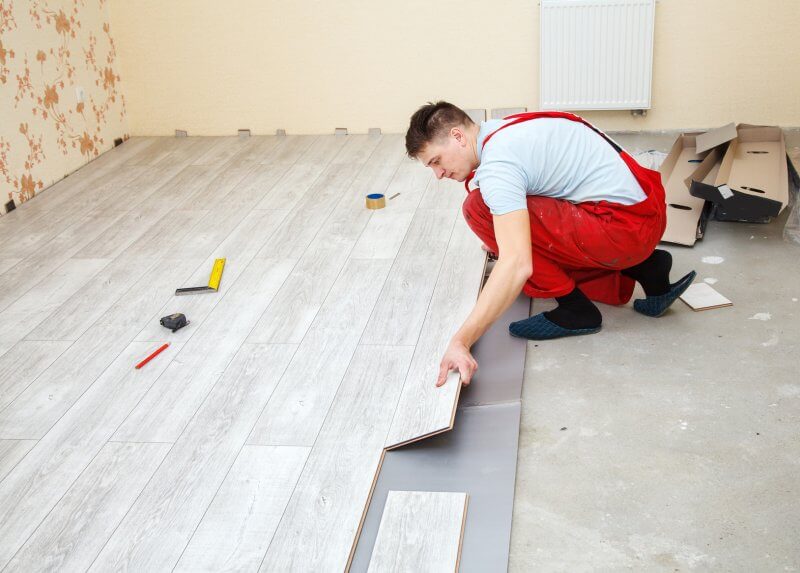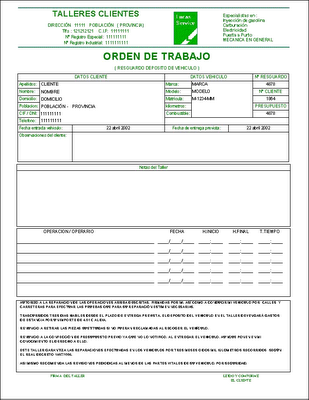 Floating floor is the type of floor covering that is superimposed on the existing floor without the need to use a support, such as glue or other adhesive material. It is used on a smooth surface and has a thin thickness, usually about 10 millimeters. As is logical, this type of flooring has different textures and colors.
Floating floor is the type of floor covering that is superimposed on the existing floor without the need to use a support, such as glue or other adhesive material. It is used on a smooth surface and has a thin thickness, usually about 10 millimeters. As is logical, this type of flooring has different textures and colors.
Beyond any analysis on this option, it is essential to make a correct evaluation of the floor before laying, to identify and correct any unevenness that may exist, otherwise it is possible that one may find areas that sink when while one walk.
Material, types and placement
As for the material used, it is formed from several layers formed by special resins, melanin, substrate with anti-humidity treatment and a sheet that provides stability to the floor.
There are basically two types of floating floors, laminate or melanimic and wooden ones. The former have a plastic laminate that mimics the look of wood and is mostly made of Formica. The latter have an outer layer of natural wood and are already properly polished.
The laying of this type of flooring is relatively simple and, compared to other floors, its assembly is quite easy, since the boards simply have to be assembled.
Advantages and disadvantages
Its main advantages are the following: it is easy to clean, it is resistant to humidity and it can be installed on other floors without the need for construction. In most cases, these floors come with their own baseboards. It is a durable material and does not deform in heat.
However, these floors are not recommended on bathroom floors due to humidity, the footsteps are quite noisy and in the laminate type the imitation of wood is quite evident.
Other alternatives
 Vinyl flooring is easy to install, waterproof and highly resistant to scratches and shocks. Its characteristics make it an ideal modality for commercial establishments, hotels and sports facilities.
Vinyl flooring is easy to install, waterproof and highly resistant to scratches and shocks. Its characteristics make it an ideal modality for commercial establishments, hotels and sports facilities.
Laminate flooring is made of compacted fibers and has a layer of melanin on the outside. Depending on its thickness, it can be ideal for different areas of the home, such as the dining room, hallways or stairs. It can be placed on other floors and a sealing system is required for its installation.
Conventional ceramic has a high thermal conductivity and for this reason it is an option for homes where it is very hot. This type of flooring is sturdy and provides a clean feeling. An alternative to ceramic is natural stone, such as marble, terracotta or granite.
Smooth cement or microcement is a particularly resistant material and is used in homes with a minimalist or avant-garde style.
Photos: Fotolia - Radnatt / Dagmara_K









